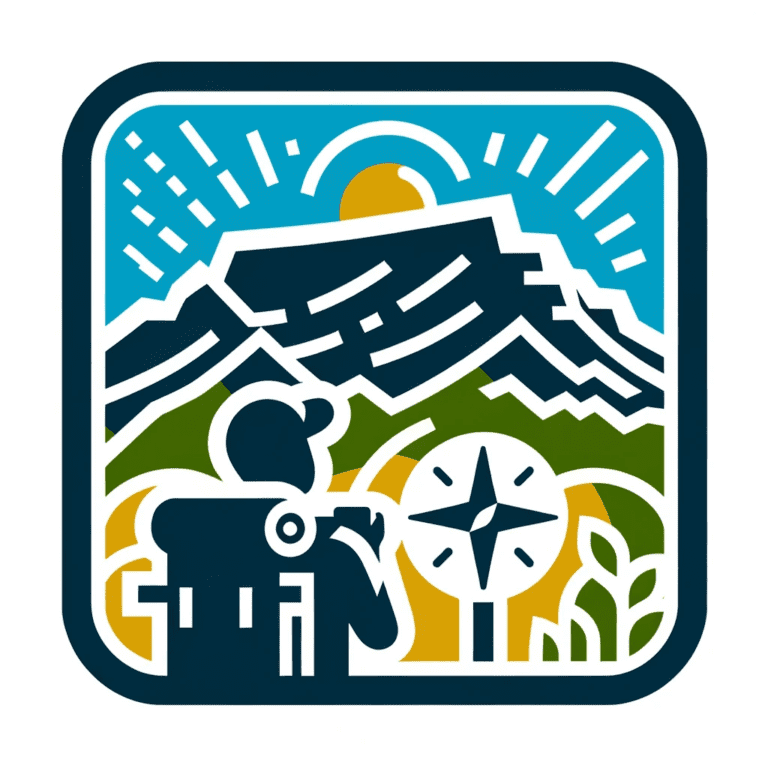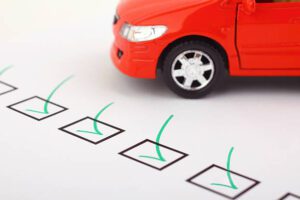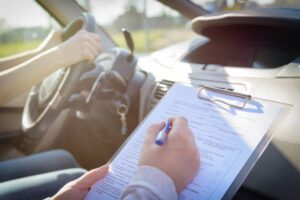Touring South Africa by car can be a delightful experience for international tourists, and efforts are continually made to ensure visitors have both a pleasant and secure time. The country’s tourism sector is eager to showcase its stunning destinations, and the Arrive Alive website contributes by offering essential road safety advice to global travelers.
Quality of Road Infrastructure and Toll Information
The country boasts a well-maintained road network overseen by the South African National Roads Agency [SANRAL]. Travelers will find that many major connections are toll roads, so it’s wise to check toll costs in advance and have a credit card or cash ready for payment. While highways are generally in excellent condition, be aware that rural roads may have potholes and uneven surfaces. Given the vastness of South Africa, it’s important to plan your route carefully. A reliable map should help you navigate with ease, and up-to-date road conditions can be sourced from the Automobile Association of South Africa, which also offers detailed maps and tourist accommodation guides.
Journey Planning and Navigation
For long journeys, consider breaking your trip to avoid fatigue, a common cause of accidents. Inform someone of your travel itinerary and planned overnight stops. English is the language used on all signposts, and when asking for directions, don’t be puzzled if you’re told to turn at a ‘robot’ – that’s the local term for traffic lights.
Fuel Stations and Services
Fuel stations operate 24/7 and offer full service, including oil, water, and tyre pressure checks, with tipping at your discretion. These stations often feature eateries and restrooms, which are handy during long drives. Fuel types include leaded, unleaded, and ‘dual fuel’, and prices are government-regulated and payable in cash. When venturing into neighboring countries, be mindful that gas stations are less frequent.
Driver’s License Requirements
Carrying an International Driver’s Permit along with your national driving license is advisable, and ensure it’s in English, especially if your license lacks a photo, in which case, carry your passport too. Rental companies may have their own license duration requirements, so check with them beforehand. Always have your documents on hand, as traffic officers will expect to see them if you’re stopped.
Understanding South African Road Rules
Remember, in South Africa, we drive on the left side of the road in right-hand drive vehicles. Overtake on the right. Distances and speed limits are in kilometers, with strict drink-driving laws enforced. At four-way stops, the first car to arrive has right of way, and at roundabouts, yield to the right, but proceed with caution. Seatbelt use is mandatory for all passengers, and using a mobile phone while driving is illegal unless you have a hands-free setup.
Speed Limit Regulations
The general speed limit is 120km/h on highways and 100km/h on rural roads, with a 60km/h limit in urban areas. Always adhere to the posted limits and reduce speed in poor weather or congested traffic.
Safety Tips and Protection Against Crime
For personal safety, keep doors locked and windows up, especially at traffic lights. Never pick up hitchhikers, and avoid leaving valuables in plain view in an unattended car. Park in well-lit, busy areas, heed local advice on safe areas, and avoid confrontations with aggressive drivers. Night travel and remote areas are best avoided, and be wary of obstacles placed on roads by thieves.
Vehicle Maintenance and Road Awareness
Before setting out, ensure your vehicle is in top condition. Check your car daily, planning your route to avoid unnecessary stops. Maintain a safe distance from the vehicle ahead and use headlights in low visibility. Heed road signs, especially in rural areas where animals may be on the road, and be cautious of wildlife crossings, particularly at dusk.
Emergency Assistance and Contact Numbers
In emergencies, assistance is available through these numbers:
How to Get a Learners License in South Africa
- ER24: 084 124
- Police and Fire: 10111
- Ambulance: 10117
- Arrive Alive Call Centre: 0861 400 800
- Netcare 911: 082 911
For mobile users, 112 also connects to emergency services.






